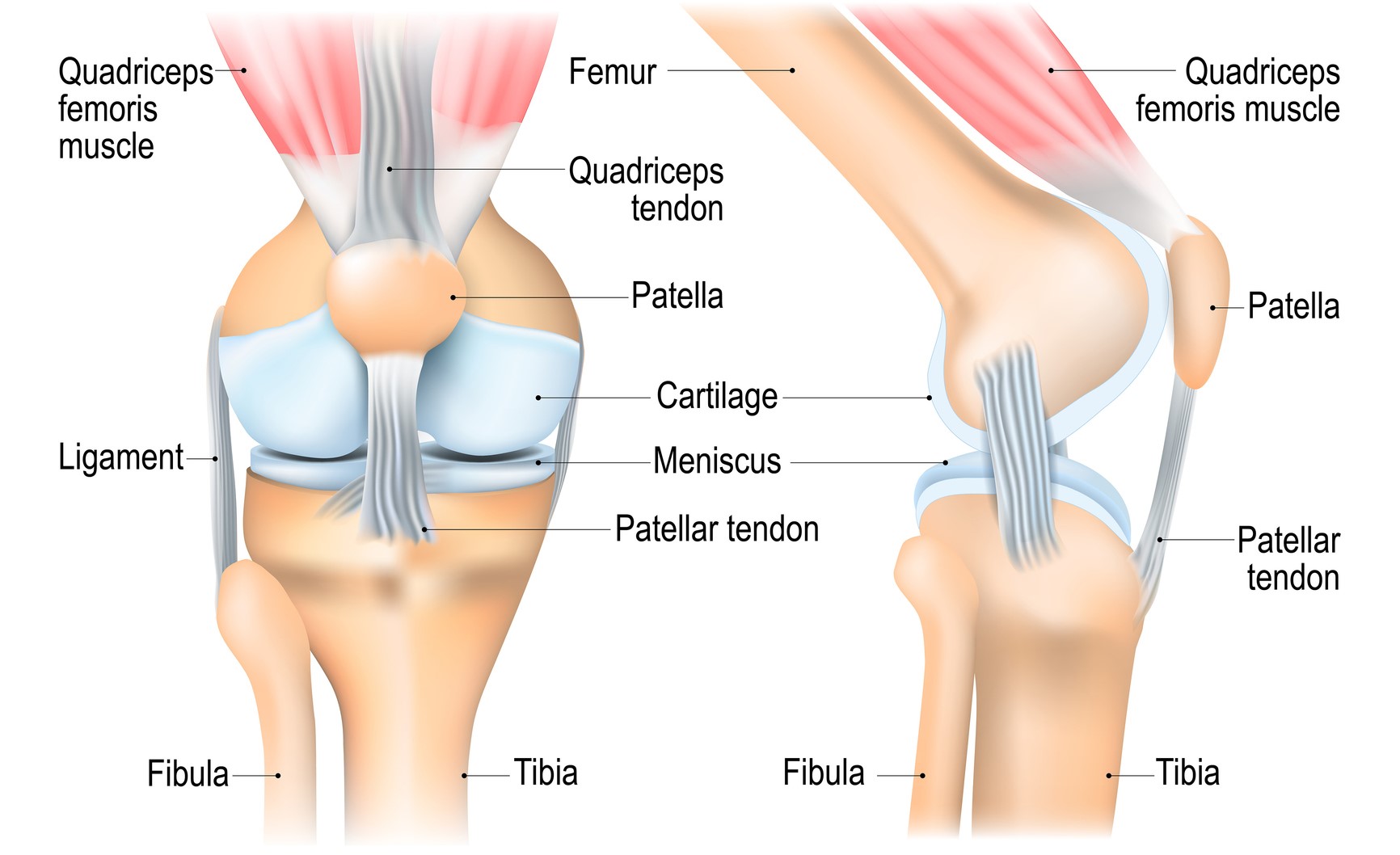
The cartilage, a tough and rubbery type of tissue, cushions the joints in your body. As the joint moves, the cartilage cushions the bones, enabling them to glide against one another without friction.
Sometimes, the cartilage on the underside of the kneecap (patella) can soften and break down. This is known as chondromalacia patella. As the joint moves, the cartilage is unable to protect the ends of the bones. This can lead to the friction of the bones, causing pain.
Young people are more susceptible to chondromalacia of the knee than any other age group. It is also notably prevalent among runners, joggers, cyclists, and soccer athletes.
People who spend a significant amount of time kneeling, such as carpet layers, tile setters, and floor layers, are more likely to acquire this condition.

Symptoms of chondromalacia patella range from:
Your doctor would first question your general health and symptoms before conducting a thorough physical examination. Diagnosis is made based on your reported symptoms, physical examination and investigations.
Simple, non-surgical treatments can alleviate knee pain for most people with chondromalacia patella.
If symptoms persist despite conservative treatment, your doctor may recommend surgery (arthroscopy).
During arthroscopy, the damaged layers of the cartilage can be removed. The alignment of your kneecap or other parts of your knee can be corrected to reduce wear and tear on your knee cartilage.
You can reduce the risk of developing chondromalacia by preventing knee injuries and joint overuse. For example:
A dedicated and expert team of Orthopaedic specialists at Pantai Hospital is available for consultation to provide the best care and assistance.
Get in touch with us to book an appointment today if you have concerns or questions regarding Chondromalacia Patella. We assure you the best possible care tailored to your specific needs.
Pantai Hospital has been accredited by the Malaysian Society for Quality in Health (MSQH) for its commitment to patient safety and service quality.

